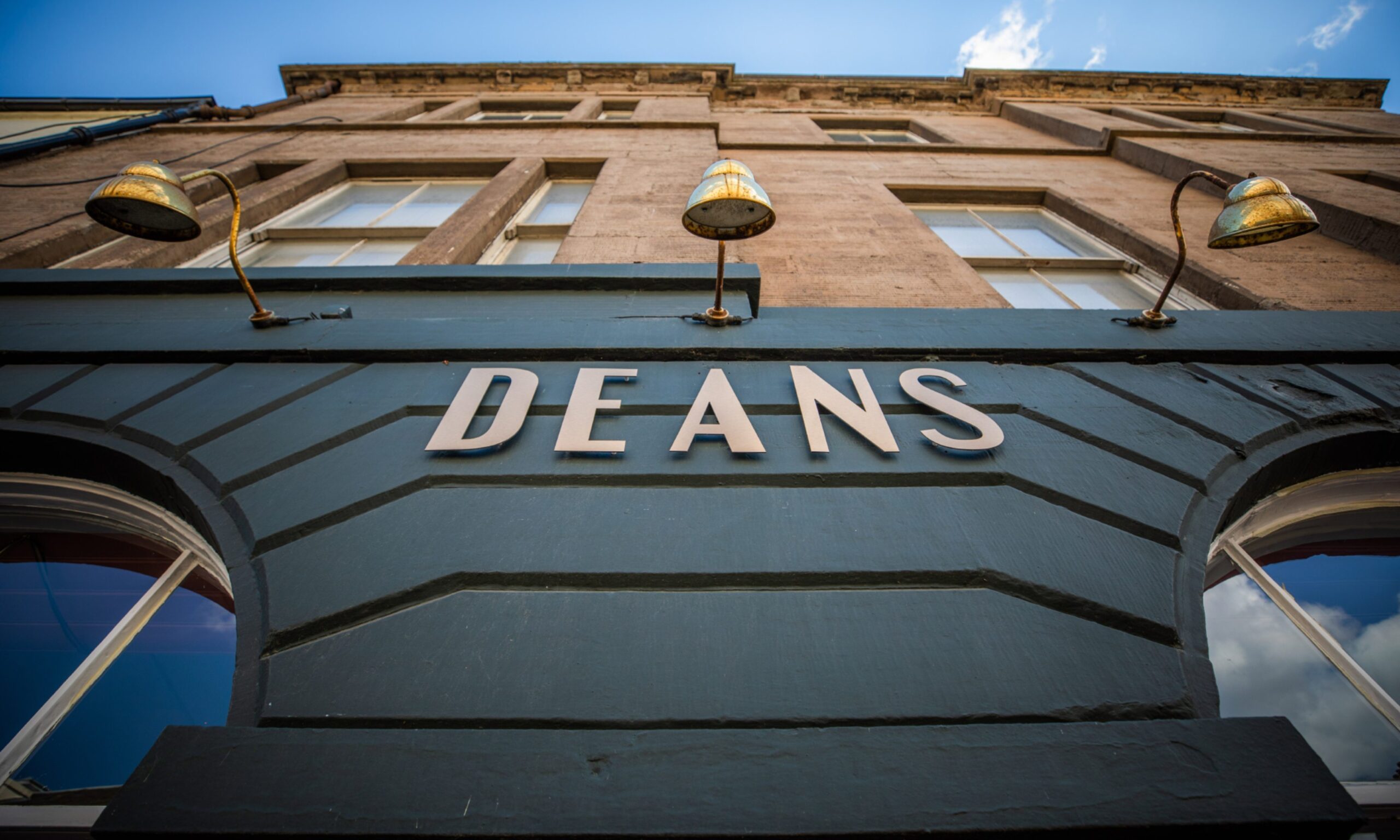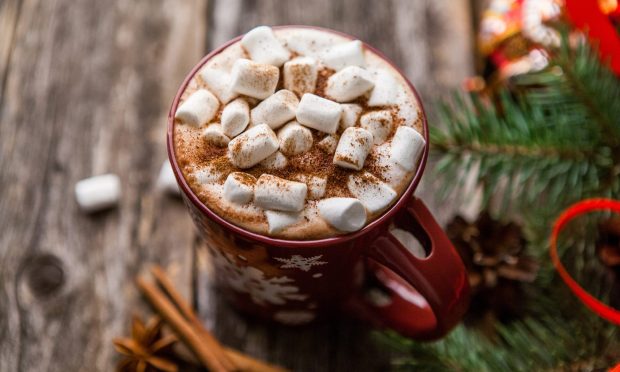There is no cast-iron rule about how the human nose and tastebuds will react to any food or drink.
No one, not even identical twins, has exactly the same sense of taste and smell. What tastes too sweet and cloying to Charlie may taste just perfect to Donald. Miss A’s favourite perfume is sheer stench to Mrs B. This is particularly the case with alcoholic drinks, especially whisky.
That, I suppose, is why peaty whiskies are the nectar of the gods to some people and the devil’s own brew to others. I admit I’m partial to peaty whiskies, although some of the specially blended peaty-smoky Islays are to me a turn-off. I suppose peat is like salt or spice added to a casserole or other dish: if it adds an extra dimension to the flavour, it can be magic; if it totally overpowers, it is dire.
Yet it seems peated malt is increasingly supplied to many distilleries, which then distil peated spirit for a few weeks a year, which is later added in varying percentages to unpeated distillate to create new expressions – as the vogue term has it – to widen that single malt’s appeal. Sometimes the result is excellent, but success is not always the end result.
What is noteworthy is how the peaty-smokiness of malts diminishes over the years. A peated three-year-old tends to pack a big punch, an 18-year-old tends to be quite subtle and subdued – and a 10 to 15-year-old tends to strike the right balance.
Essentially, peat is freshwater loch vegetation that has sunk, decayed and been compressed over centuries and has much later been dug up, dried and burned. It is not a great fuel in heat terms but its dense reek sticks to drying malt and stubbornly stays there during the mashing, fermentation and distilling stages to impart that unique flavour and aroma to the whisky.
It’s fascinating how persistent peaty single malts are, even when massively diluted with non-peated whiskies – an industry cliché is that if you add one cask of Ardbeg to a 1000-cask blending, you can still detect the Ardbeg, or rather the peat in it.
Interestingly, the process water used by many distilleries comes from burns whose waters are often tea-dark, having first percolated through peat bogs. However, the water has no effect on whisky flavour, it all comes from peat-dried malt. One way or another peat is in the whisky industry to stay, although green advocates are increasingly pushing to have peat bogs protected. This means some peat for malt-drying is now being imported from, among other places, the Baltic States.
Finally, may I wish you all a Happy Christmas and New Year awash with good drams.










